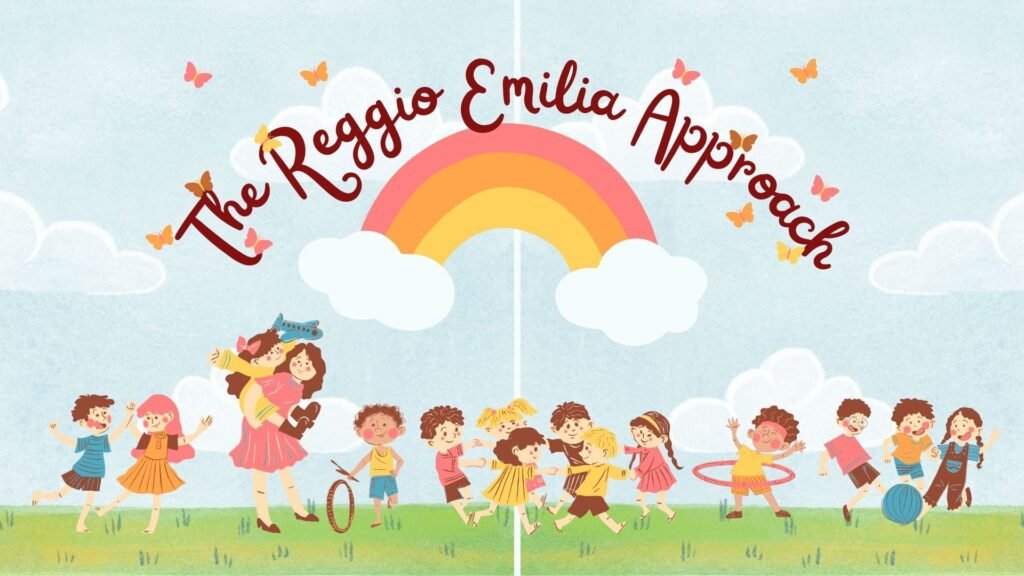The Reggio Emilia Approach in Preschool Education
The Reggio Emilia approach is an innovative and highly regarded approach to preschool education that originated in the town of Reggio Emilia, Italy. Developed by Loris Malaguzzi and a group of parents in the aftermath of World War II, this approach places a strong emphasis on the child’s natural curiosity and creativity.

Philosophy and Principles
The Reggio Emilia approach is built on a set of key principles that guide the educational process. These principles include:
- Child-Centered Learning: The child is seen as an active participant in their own learning process. Teachers act as facilitators, guiding children’s exploration and discovery.
- Project-Based Learning: Learning is organized around projects that emerge from the interests and questions of the children. These projects provide opportunities for in-depth exploration and collaboration.
- Collaboration: Collaboration is a central aspect of the Reggio Emilia approach. Children work together on projects, and teachers, parents, and the community are seen as partners in the educational process.
- Documentation: The learning process is carefully documented through photographs, videos, and written observations. This documentation serves as a tool for reflection, assessment, and communication.
- Environment as the Third Teacher: The physical environment is considered a crucial component of the learning experience. Classrooms are designed to be inviting, flexible, and filled with natural materials.
Key Features
The Reggio Emilia approach is characterized by several key features that distinguish it from other educational approaches:
1. Emergent Curriculum
In the Reggio Emilia approach, the curriculum emerges from the interests and questions of the children. Teachers carefully observe and listen to the children, and then design learning experiences that build on their natural curiosity. This approach ensures that the curriculum is relevant, engaging, and meaningful to the children.
2. Project-Based Learning
Projects are at the heart of the Reggio Emilia approach. These projects are long-term, in-depth investigations that allow children to explore a topic or question from multiple perspectives. Projects often involve collaboration, research, and hands-on experiences, and can last for weeks or even months.
3. Documentation and Reflection
Documentation is a key component of the Reggio Emilia approach. Teachers carefully document the children’s learning process through photographs, videos, and written observations. This documentation serves multiple purposes – it helps teachers reflect on their practice, it allows parents to see and understand their child’s learning journey, and it serves as a form of assessment.
Benefits of the Reggio Emilia Approach
The Reggio Emilia approach offers several benefits for preschool children:
1. Holistic Development
The approach focuses on the development of the whole child – their cognitive, social, emotional, and physical development. Through project-based learning and hands-on experiences, children have the opportunity to develop a wide range of skills and abilities.
2. Creativity and Critical Thinking
The Reggio Emilia approach nurtures children’s creativity and critical thinking skills. By encouraging exploration, problem-solving, and collaboration, children learn to think critically and express their ideas in creative ways.
3. Strong Sense of Community
The emphasis on collaboration and community in the Reggio Emilia approach helps children develop a strong sense of belonging and connection. They learn to work together, respect each other’s ideas, and value diversity.
4. Lifelong Love of Learning
The Reggio Emilia approach fosters a lifelong love of learning. By allowing children to pursue their own interests and questions, they develop a natural curiosity and a passion for learning that extends beyond their preschool years.
Conclusion
The Reggio Emilia approach to preschool education offers a unique and effective way of nurturing children’s natural curiosity, creativity, and love of learning. By placing the child at the center of the educational process and emphasizing collaboration, project-based learning, and documentation, this approach provides a solid foundation for lifelong learning and development.

